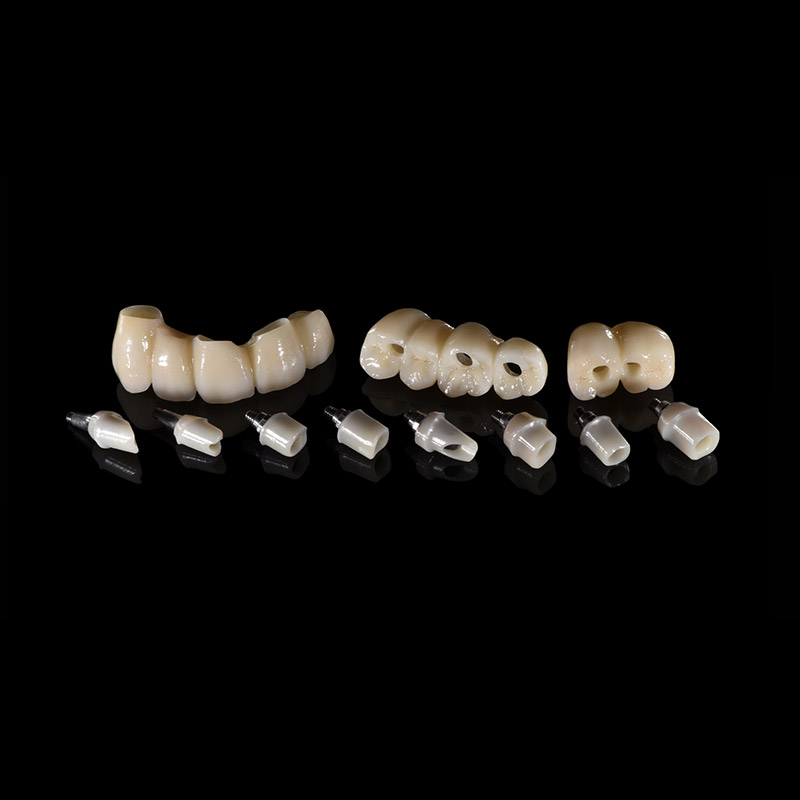Understand the condition of the alveolar bone. Before choosing dental implants or bridges, you need to understand the condition of the alveolar bone. Alveolar bone is an important tissue that supports teeth, and the quantity and quality of alveolar bone has an important impact on the success of dental implants or bridges.
Dental implants are a good option if the alveolar bone is of good quality and sufficient quantity. Dental Implant is to restore the function and beauty of missing teeth by implanting artificial tooth roots in the alveolar bone, and then installing crowns on the roots.
However, if the quality or quantity of alveolar bone is poor, then a bridge may be more suitable. Bridging is the use of healthy teeth as a support to fill in the missing teeth by connecting artificial crowns to healthy teeth.
Dental Implant Solutions
There are several common options for dental implants, and the choice depends on the condition of the missing tooth and the individual's oral health.
Three-dimensional planting
Stereoscopic implants are a relatively common and traditional dental implant solution. It is suitable for the case where the quantity and quality of the alveolar bone is good, by implanting the artificial tooth root in the alveolar bone and installing the crown on it, so as to achieve the effect of dental implant.
bone augmentation
Bone augmentation is indicated when the quality or quantity of alveolar bone is insufficient. It helps to improve the quality and quantity of alveolar bone by implanting artificial bone or autologous bone in the alveolar bone, and then implants.
Implant caring bone
Bone-fitting implant is a method that uses artificial bone to replace autologous bone, and combines artificial tooth roots with bone to promote bone healing and tooth growth. This method is suitable for poor alveolar bone quality, insufficient amount of alveolar bone, or the failure of previous dental implants.
bridging scheme
There are also several common options for bridging, common ones include traditional bridging, airfoil bridging, and full-mouth restoration.
traditional bridge
Conventional bridging is the most common bridging method and is for healthy adjacent teeth. In traditional bridging, the patient grinds away adjacent healthy teeth, then creates piers on top of these teeth, and then connects artificial crowns together to form the bridge.
airfoil bridge
An airfoil bridge is an airfoil-shaped bridge that is used in cases where one or more adjacent teeth are missing. It works by attaching artificial crowns to the sides of healthy teeth and joining them together with metal or ceramic materials to form bridges.
full mouth restoration
Full mouth restoration is suitable for multiple or all missing teeth. It restores the function and beauty of the entire oral cavity by bonding the artificial crown fixed on the alveolar bone.
Dental implants and bridges are common ways to restore missing teeth. Choosing a suitable solution needs to be based on factors such as the condition of the alveolar bone and personal oral health. The options for dental implants include three-dimensional implants, bone augmentation, and bone-fitting implants; and the options for bridges include traditional bridges, airfoil bridges, and full-mouth restorations. For different tooth loss situations, the doctor will recommend the most suitable plan for the patient according to the specific situation.





